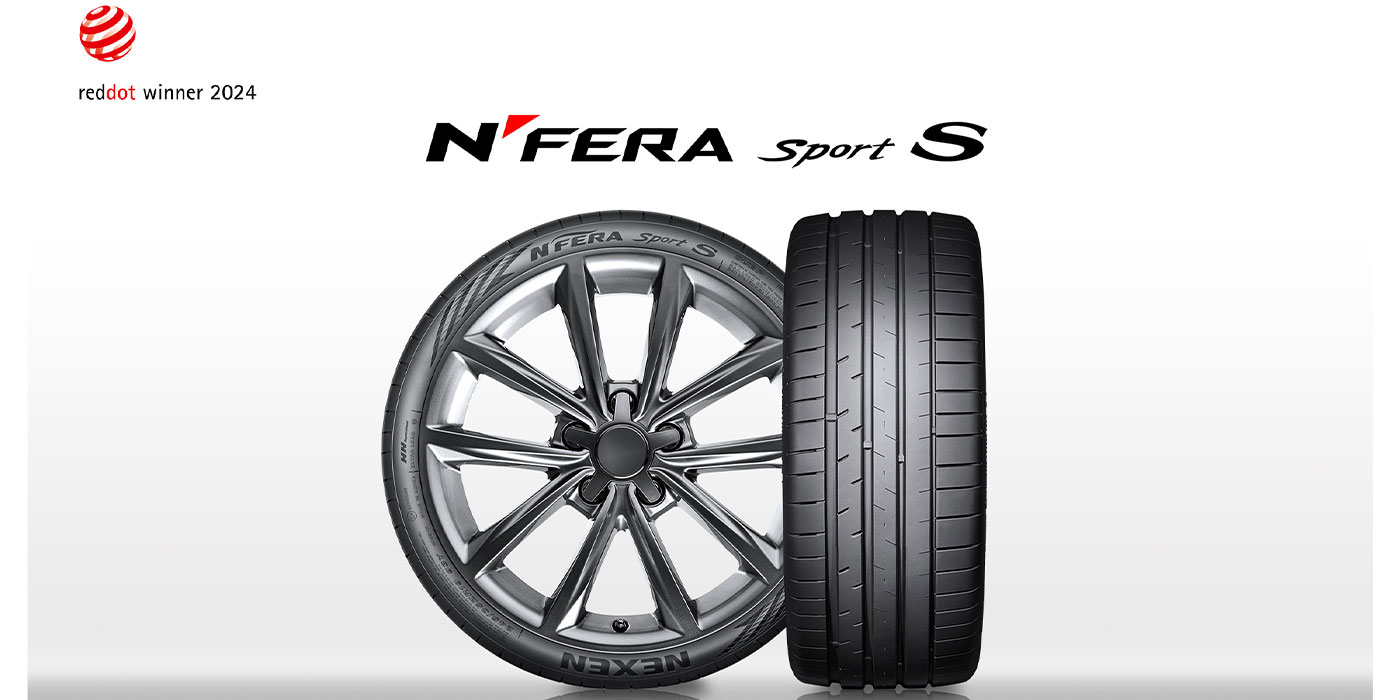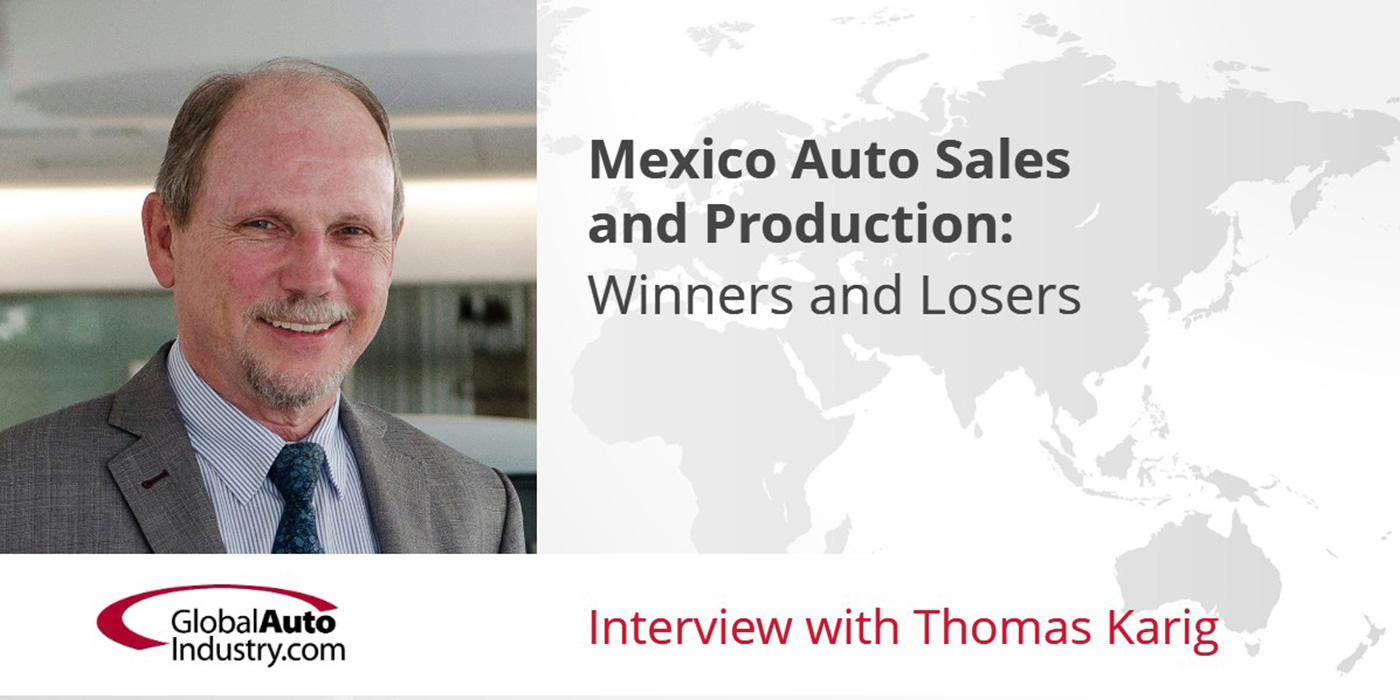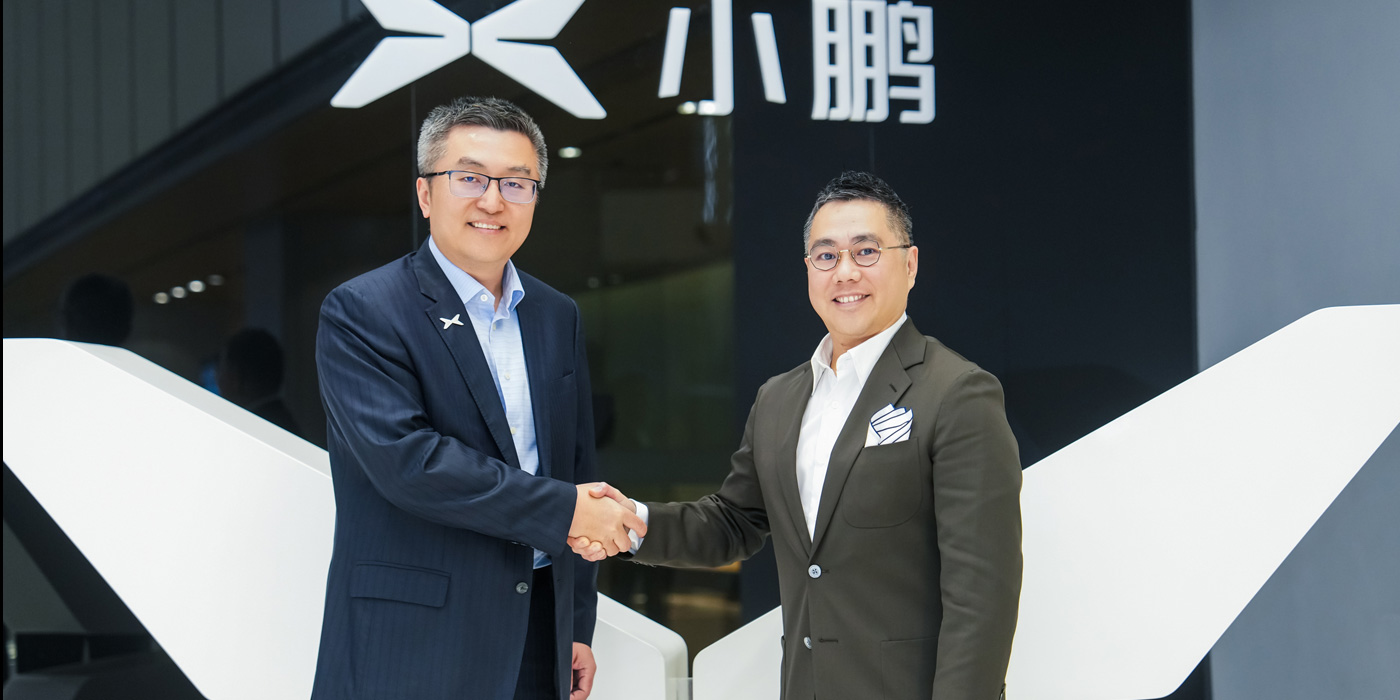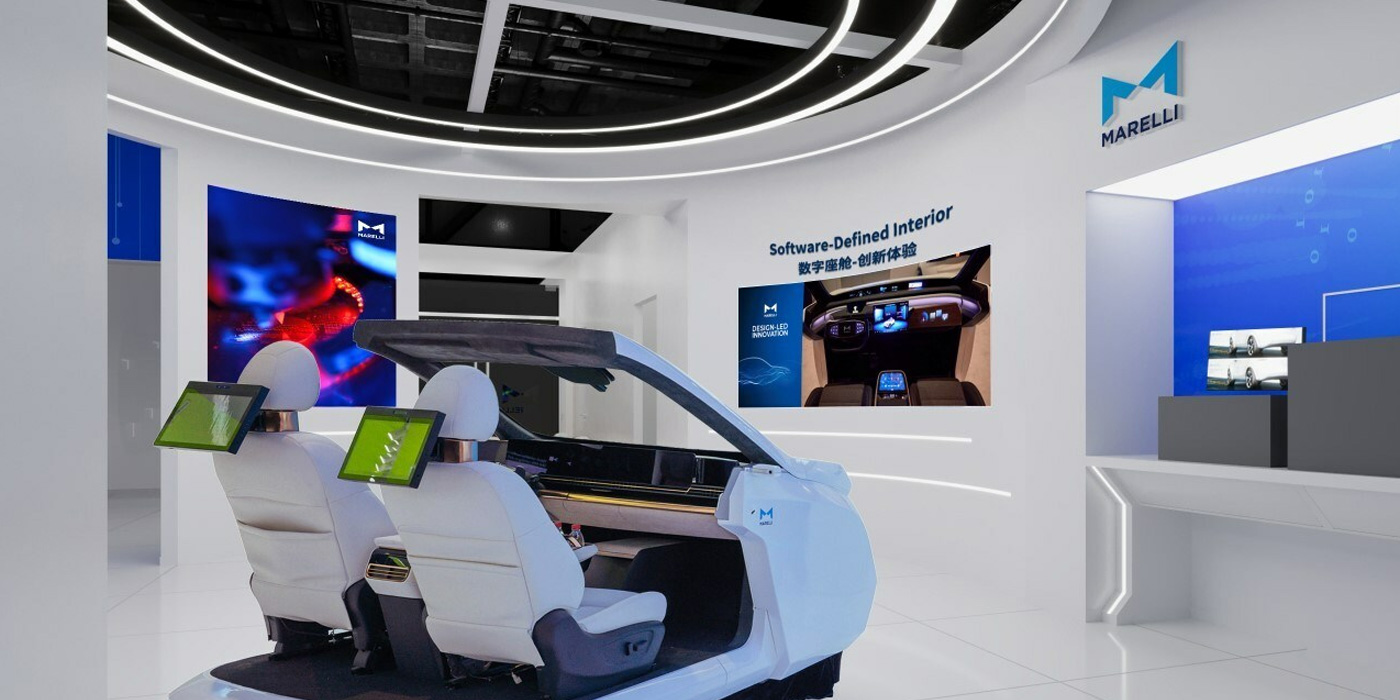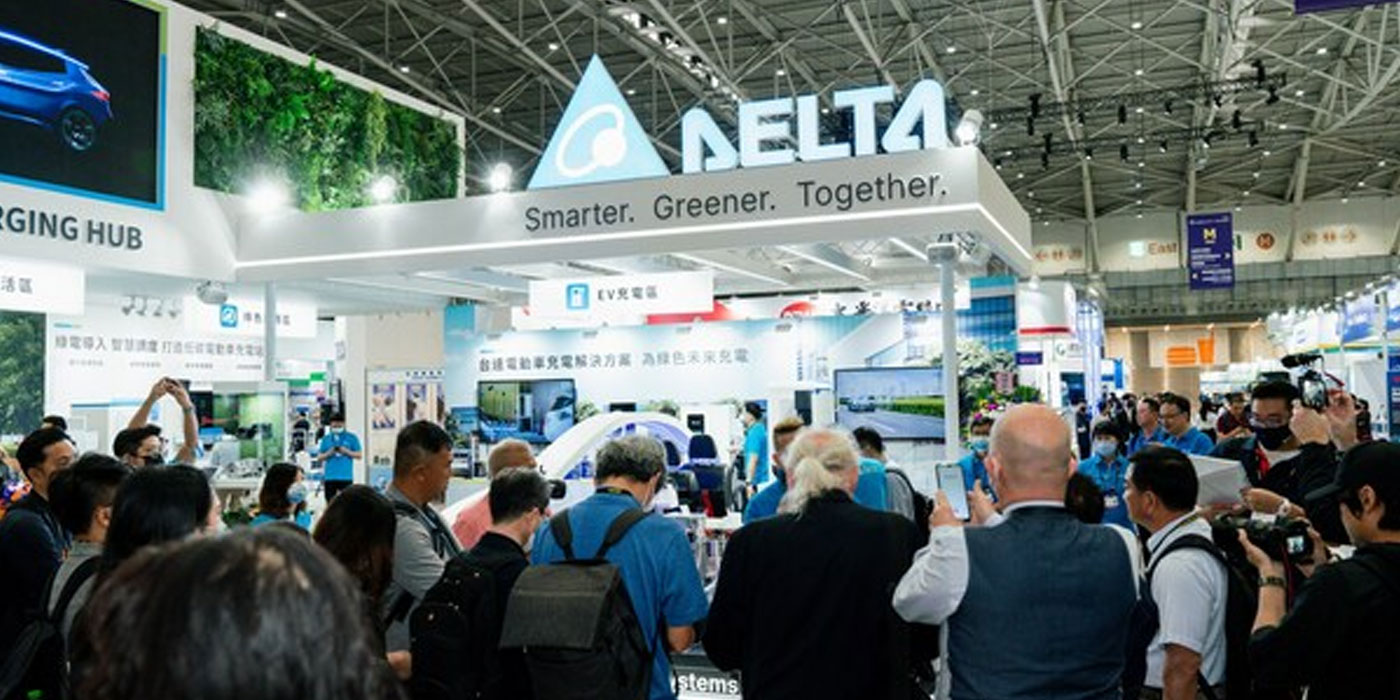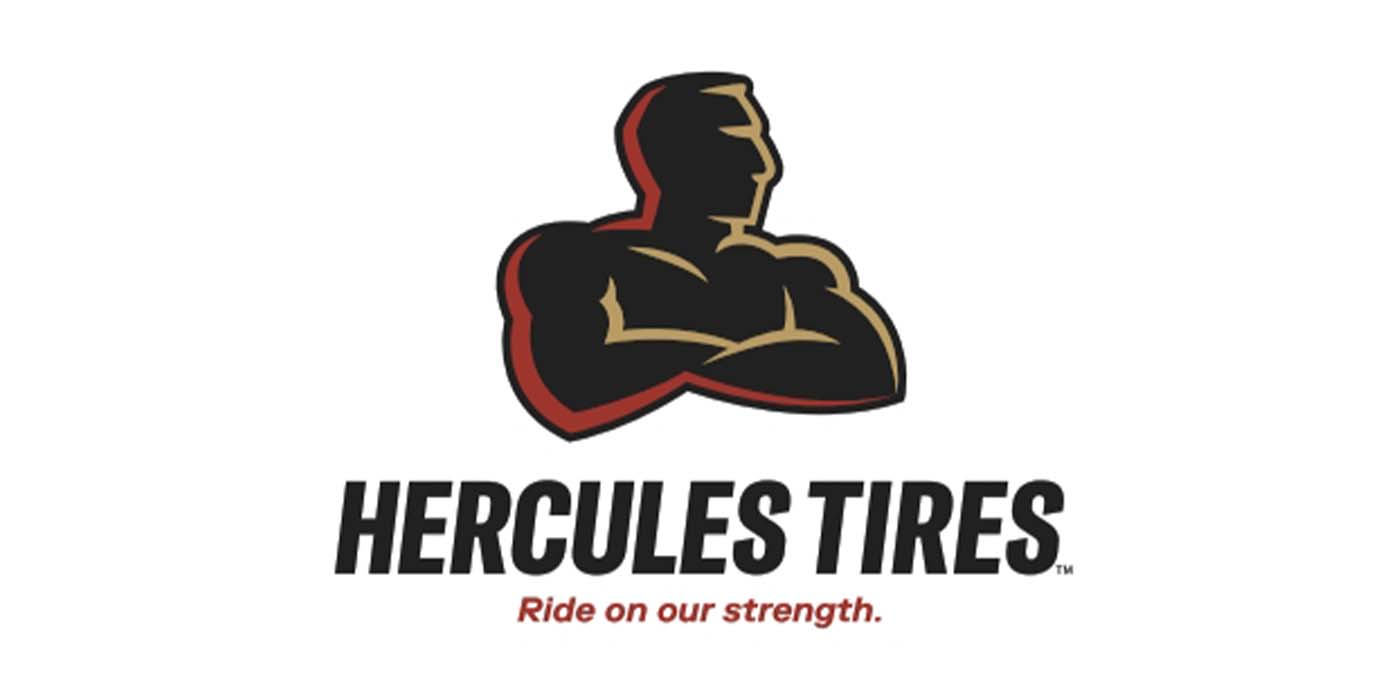In late June, the Motor & Equipment Manufacturers Association (MEMA) and the Automotive Aftermarket Suppliers Association (AASA) scored what they dubbed a “major victory” for the automotive aftermarket when new terms were negotiated for the USMCA trade agreement that went into effect on July 1. The new terms will protect the automotive aftermarket from additional compliance requirements and complexities.
Largely based on the efforts of MEMA’s D.C.-based government affairs team, USMCA specifically defines an “aftermarket part” as “a good that is not for use as original equipment in the production of passenger vehicles, light trucks or heavy trucks.” MEMA interpreted this definition to also include “service part” as a term used in the industry. Therefore, the aftermarket must comply with USMCA requirements, but the provisions for aftermarket parts are less restrictive than for the parts used in the production of original equipment.
According to Ann Wilson, MEMA’s senior vice president of government affairs, ensuring the aftermarket was protected in this new trade agreement was well over a six-month process.
“We started working on it last November,” said Wilson. “It was raised to us that this was an issue because of the language in there that tied parts to original equipment. We had to make sure that the language was appropriate where they did the uniform regulations, and we had to make sure that when customs and border protection did their instructions, they didn’t change anything. We just had to pay attention to it every step of the way.”
Wilson noted that there are resources available on the MEMA website (mema.org) to assist aftermarket suppliers in educating and preparing themselves for the change from NAFTA certificates to the new USMCA agreement.
“We have material on our website that lays out the requirements,” she said. “They just need to go in and look at their tariff codes, because everything is driven in this agreement by the tariff codes. I want them to look at the tariff codes to make sure there are no special rules for them. In most cases, there will not be, but we must all realize that NAFTA was an older agreement. Things have changed and just to be abundantly careful, they should make sure that they don’t have a particular rule that they have to comply with that might not apply to everybody in general in the aftermarket.”
Wilson added that the aftermarket doesn’t have to worry about the new labor value content rules included in USMCA, and those in the aftermarket need not worry about steel and aluminum either, she said. “The aftermarket is not going to see an increase in their regional value content requirements for their parts for the compliance with the agreement,” she stated.
Ultimately, this clarification for the aftermarket not only eliminates complexity but also reduces costs for aftermarket suppliers, and Wilson believes with this new language in place the aftermarket is “in pretty good shape,” as she puts it. The next issue Wilson and her government relations team are keeping an eye on are our relationships with China, including not only tariff issues but also IP protection issues as well.
Domestically, the focus will be on access to repair data and the overall economy as the country continues to work to recover from the pandemic, Wilson noted.
“As an industry, as a country, we are at a very delicate place. We have the continuation of a public health crisis. We have an economy that has been extraordinarily strong the last year, that is facing some real uphill challenges. We are in an atmosphere where we are looking at trade agreements in a very different light than we ever have before, when most of our manufacturers are global companies and depend on global business and all of those issues are colliding at the same time. We’re looking at technology and how we can continue to thrive and with new technology on vehicles and how we can allow that consumer to continue to be able to service their vehicles in a way that makes the most sense for each individual. … It’s going to be an uphill climb that the entire aftermarket is going to have to work on together.”



